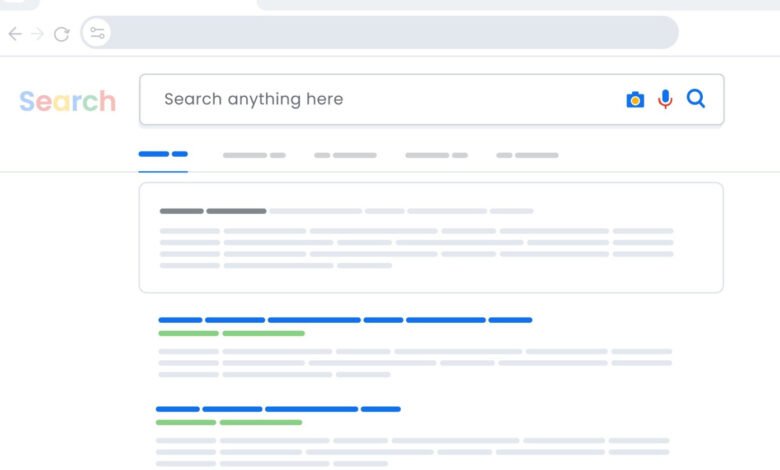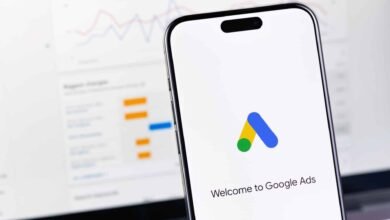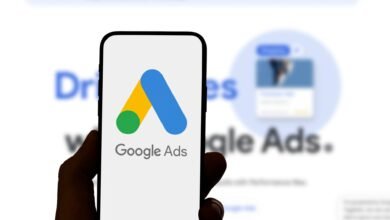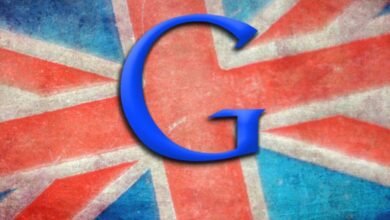Google Updates Search Ad Labels for Clarity

▼ Summary
– Google is grouping text ads under a single “Sponsored results” label that remains visible while scrolling and adding a “Hide sponsored results” option to collapse the ad block.
– The update changes how ads are presented but does not alter how they are served, ranked, or the maximum number of ads per block.
– This change may influence user behavior by making the distinction between ads and organic results clearer, potentially reducing casual clicks on lower-intent searches.
– Advertisers should focus on ad quality, relevance, and alignment with search intent, as visibility alone may not guarantee engagement under the new format.
– The update, driven by user feedback, aims to create a more transparent and consistent experience across ad formats and is rolling out globally on desktop and mobile.
Google has introduced a significant update to its search results page, altering how advertisements are labeled and grouped for enhanced user clarity. This change centers on a unified “Sponsored results” header that remains visible as users scroll, accompanied by a new option to “Hide sponsored results” with a single click. While the underlying ad-serving and ranking mechanics remain unchanged, this visual overhaul could influence user interaction with paid placements.
Previously, individual text ads each displayed a small “Sponsored” tag. Now, Google consolidates all text ads under one persistent label, clearly marking the start and end of the sponsored section. This grouped format is also being applied to other placements, such as Shopping ads, which will use a “Sponsored products” label. On pages featuring AI Overviews, the sponsored block may appear above or below the AI-generated content but will still follow the same consolidated labeling system.
The most notable new feature is the ability for users to collapse the entire sponsored section. Although not everyone will use this function, its mere presence introduces a new layer of user control that was previously unavailable. Google has confirmed this update is rolling out worldwide on both desktop and mobile platforms.
For advertisers, the core performance drivers, bidding, Quality Score, ranking, and the cap of four ads per block, are unaltered. However, the psychological impact of this visual separation could be substantial. When ads are distinctly grouped away from organic listings, the distinction becomes more deliberate. Users scanning results may now consciously decide whether to engage with the sponsored block at all. This could lead to fewer incidental clicks for low-intent searches, while high-intent queries might see little change.
This shift places greater emphasis on ad quality and relevance. A compelling value proposition and messaging that tightly aligns with search intent will become even more critical. Simply securing a top position will no longer be enough if users are more discerning about their clicks.
Advertisers should monitor their campaign performance closely as the update spreads. Key metrics to watch include click-through rates, impression-to-click patterns, engagement variations by query intent, and any sector-specific trends where users might be more inclined to hide ads. Initial effects may be subtle, but user behavior often adapts gradually to new layouts.
Google states these modifications stem from user testing and feedback, aiming to deliver a more consistent and transparent experience across all ad formats. As AI-generated content becomes more prevalent in search, expectations around clarity are rising. By making sponsored content easier to identify, Google reinforces that paid placements can be both prominent and trustworthy when properly labeled.
This update highlights a broader trend: how ads are presented is becoming as important as their placement. The auction system and ad limits are unchanged, but the user experience surrounding advertisements is now more explicitly defined. As the presentation evolves, so too might user behavior, some may disregard the change, while others could grow more selective in their interactions with ads.
In response, advertisers should concentrate on refining their creative assets, ensuring tight alignment with search intent, and observing early performance indicators. There’s no need for drastic campaign restructuring or altered bidding strategies. The focus should be on delivering high-quality, useful messaging that resonates with searchers.
The balance between visibility and trust has always been central to search. Advertisers who adapt promptly and continue prioritizing relevant, high-value ad content will be best positioned to sustain performance as the search results page continues to develop.
(Source: Search Engine Journal)




